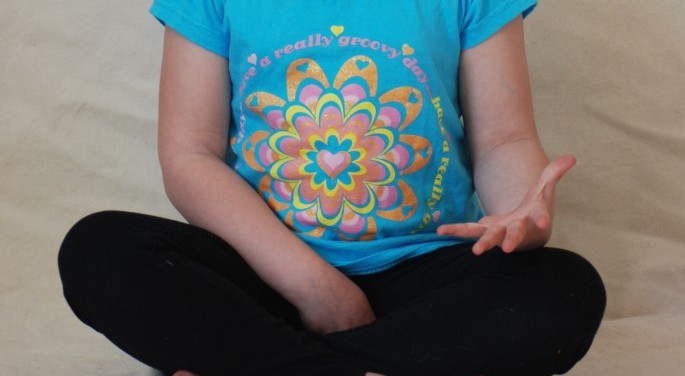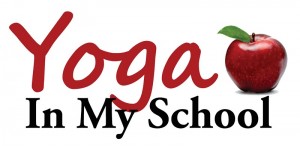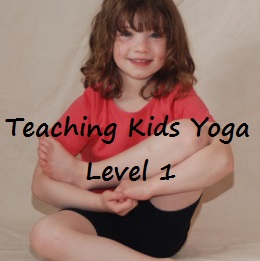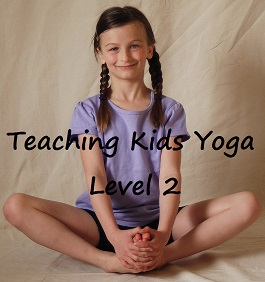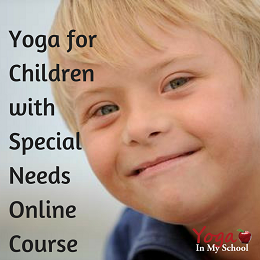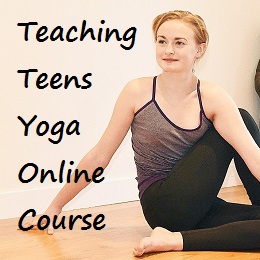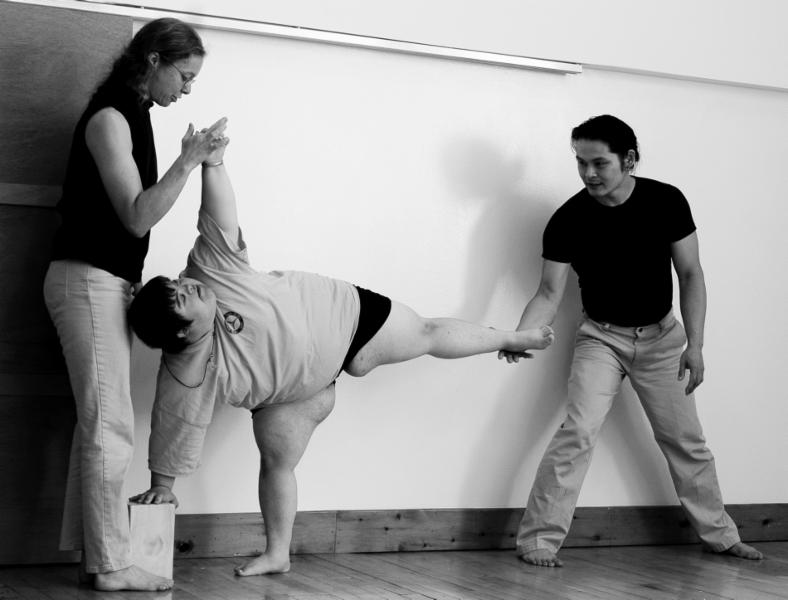

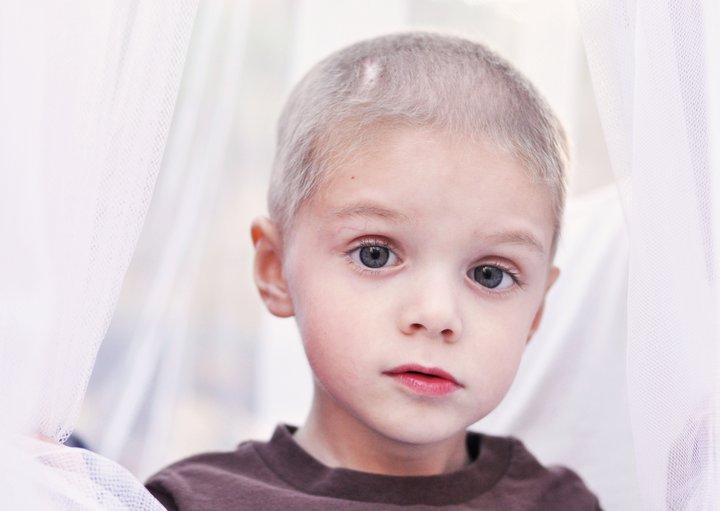
Yoga as a Therapeutic Aid for Children with Cancer
Yoga for Fetal Alcohol Syndrome
September 9th, 2011 is Fetal Alcohol Awareness Day. Next week I’ll be giving a workshop on how yoga can assist children with FASD (Fetal Alcohol Spectrum Disorder). The information is especially valuable to parents, therapists and yoga instructors. Here are some of the highlights of this workshop.
What is Fetal Alcohol Spectrum Disorder?
Fetal Alcohol Spectrum Disorder is an umbrella term for a spectrum of conditions that include fetal alcohol syndrome (FAS), fetal alcohol effects (FAE), alcohol-related neurodevelopmental disorder (ARND), and alcohol-related birth defects (ARBD). All of these are caused by maternal alcohol use during pregnancy. There is no cure for FASD. However early detection and proactive interventions have been found to be effective in improving the functioning and quality of life for children with FASD.
What are the symptoms of FASD?
There is a wide range of severity of symptoms with FAS from mild to severe. These are the most common symptoms.
- slow growth
- deformities of the joints, limbs and fingers (especially the 4th & 5th fingers)
- poor co-ordination
- vision and hearing problems
- learning disorders
- heart defects
- kidney problems
- short attention span, hyperactivity, poor impulse control, extreme nervousness, anxiety
Benefits of Yoga for FASD
Yoga is an effective adjunct therapy for FASD thanks to its personal adaptability. Due to the varying nature of symptoms of FASD individualization is essential. Spend time talking with parents, other care givers and most especially the child, getting to know them, their interests, the specifics of their diagnosis, etc. This is essential to creating a yoga routine tailored to meet their needs and abilities.
Yogic breathing techniques are an effective way of helping children with FASD increase awareness and reduce stress. Keep the exercises fun and of short duration, repeating often.
Children with FASD learn best in concrete, hands-on learning environments. Focus on basic yoga poses keeping instructions simple and specific with lots of activities. Repeat poses often. For example teach a few key poses, read a book which incorporates those poses and play a game with the poses. Use visual aids and music. Develop a routine and structure to each session to help with retention and predictability.
Social skills are acquired as children interact with the instructor, therapist and other children. Partner poses are a wonderful way to connect with others, develop verbal and non-verbal communication skills, and teach participants how to interact one with another. These are keys skills in building friendships which is often a challenge for children with FASD.
Yoga sessions for children with special needs should be positive, engaging and joyful. This is therapy with heart which considers the whole child as an amazing, incredible individual with much to offer. Be patient and trust that the skills you are teaching will assist the child throughout their life.
Yoga for Children with Special Needs
Also check out our extensive library of articles under the Special Needs category.
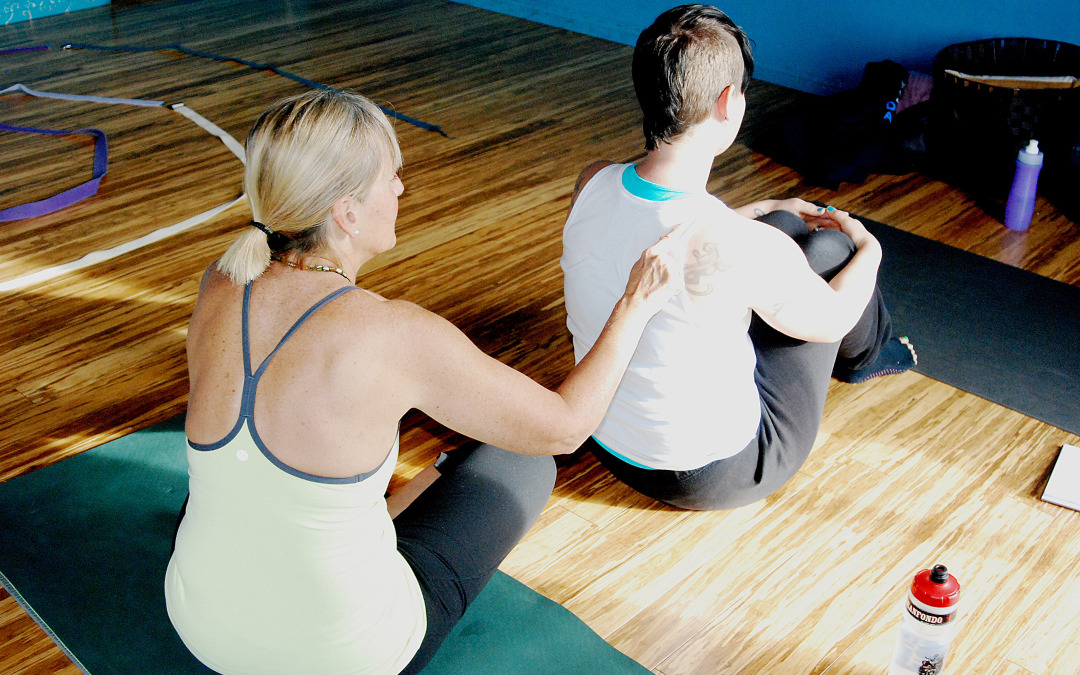
Kids Yoga Games – Body Chalk Board
Body Chalk Board is a great way to increase body awareness and sensory perception. Learning to rely on touch alone is a challenging skill and helps to focus attention and improve mindfulness. In the ‘olden days’ my sisters and I would play Body Chalk Board on long car trips. (Yes, we did have cars back then.) Today, I often use this technique when reviewing spelling words with my own children or often to simply tell them I love them with a short message written on their palm. It is always a hit when we pair up during kids yoga class and children try to spell the names of the poses on one another’s backs before practicing them. This game is also fantastic for learning cooperation and communication skills. You may even want to try it with your teens to keep them connected to their body.
Body Chalk Board
Divide group into pairs. Sitting in easy pose (sukhasana), often referred to as criss cross, with one partner in front of the other use your partner’s back as a chalk board. Using a finger draw numbers, shapes or letters of the alphabet on the ‘chalk board’. The person whose back is the ‘chalk board’ guesses what is being drawn. Wipe the ‘chalk board’ clean with flat palms from top to bottom or side to side before switching roles.
For more of a challenge send a message via the ‘chalk board’ that the person in front writes down letter by letter as it is received.
To encourage sensory development and awareness do the same thing using other parts of the body: stomach, soles of feet, palms of hands. This is a wonderful game for children with sensory processing challenges (SPD, Autism, ADHD, etc).
Visit our Yoga Games page for more amazing & fun yoga games to enjoy yoga with kids and teens.
Yoga for Autism with Barbara Gini
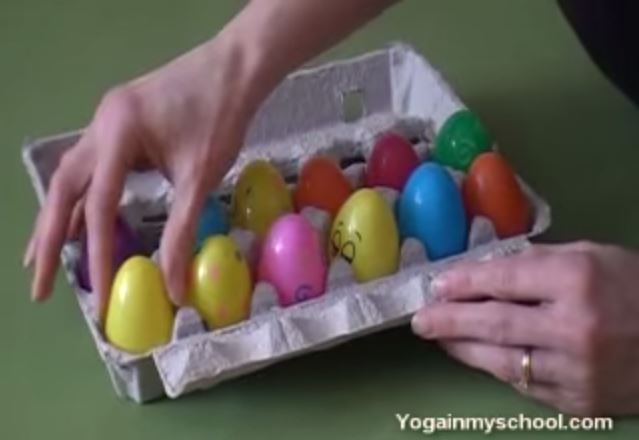
Sounds Right: A Mindful Listening Game
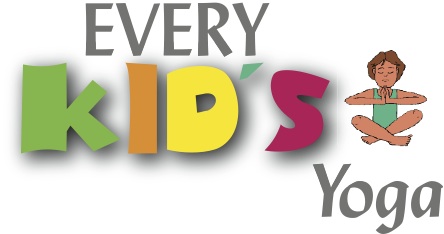
Yoga for Children with Special Needs
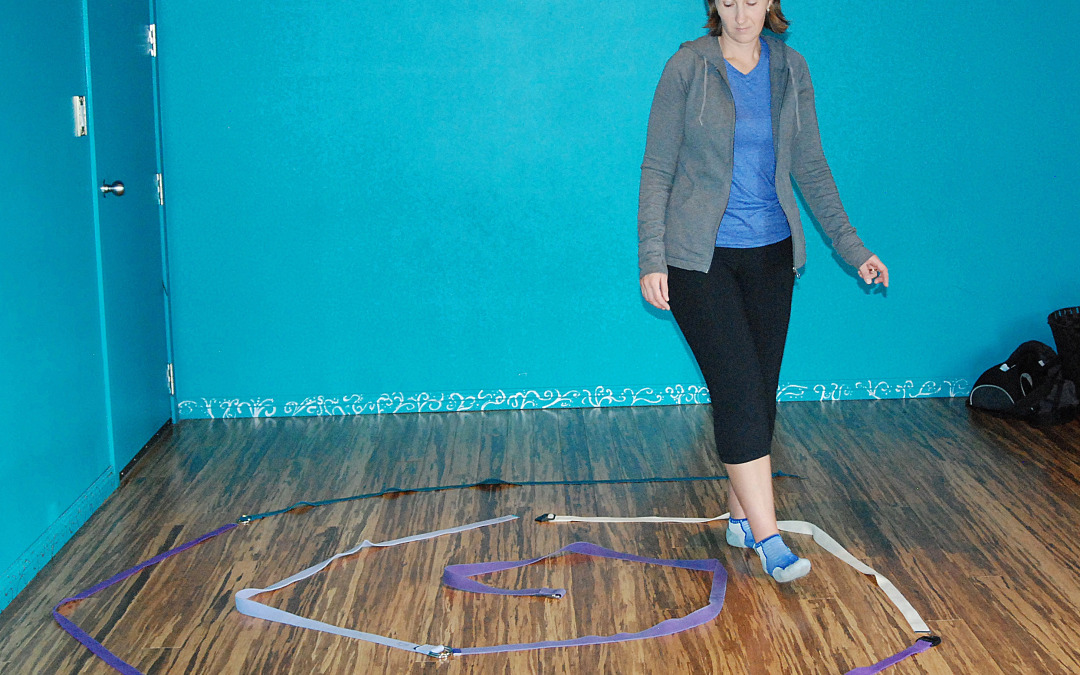
Kids Yoga Activities: Rope Walking
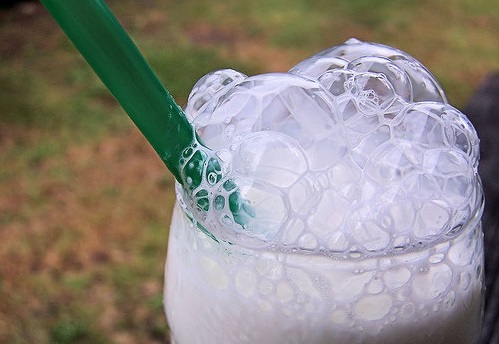
Pranayama for Kids: Breathing With Pursed Lips
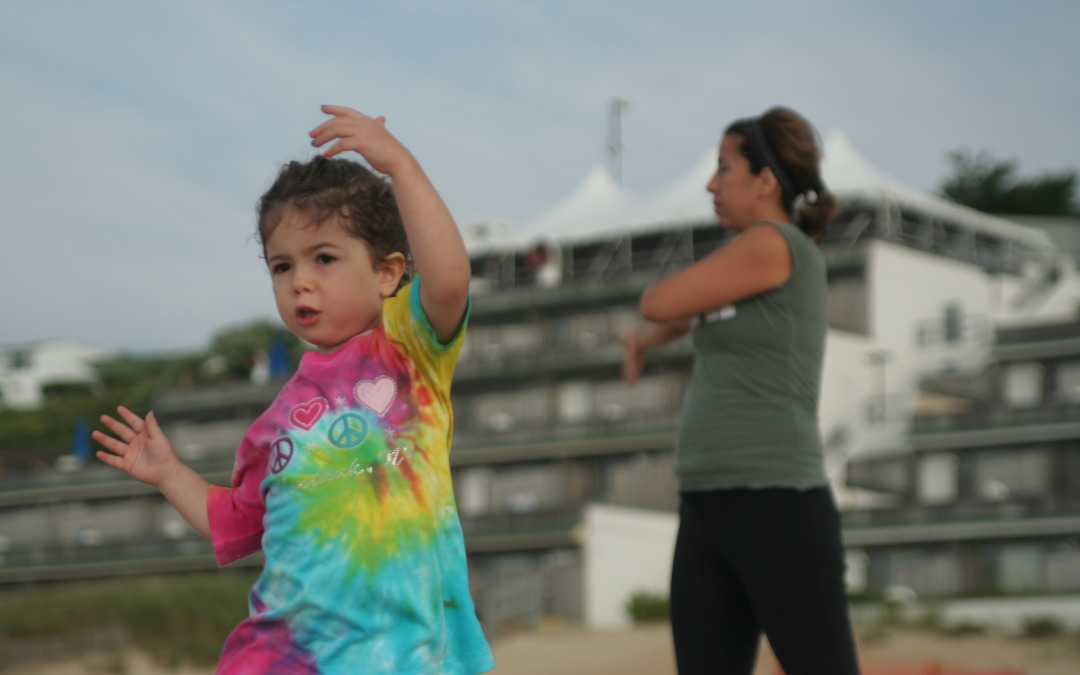
Yoga for Special Needs: Stretching the Mind and Body
Guest post by Kami Evans
When my daughter Hannah was diagnosed with hemiparesis, which is a mild case of cerebral palsy, I wondered: What can I do to help her? How active should she be? And how can I not be overprotective of Hannah, especially when she goes off to school?
The answer seemed to be involving my daughter in as many activities as I could. As a result, Hannah was signed up for swimming, gym and music classes all by her first birthday. My daughter also had eight hours of physical and occupational therapy each week.
The brain is so plastic. And how active I remained with Hannah’s treatment before she turned 24 months would impact how successful her recovery would be. I was on a mission.
Then I found yoga. When a class with a few participants got cancelled, I hired the instructor to lead the lessons out of my home. At 15 months, Hannah started to crawl by incorporating the rocking table and downward dog poses in her movements. At 20 months, Hannah progressed to trying poses such as mountain, squats and elevator. Every day Hannah would get the movements more and more.
I saw such a difference in my daughter’s development that we asked the instructor to come over three times per week. Meanwhile, Hannah continued to take her usual classes and have her weekly eight hours of therapy sessions. But the yoga instruction was unique in that it was playful and enjoyable for Hannah, prompting her to consider her time with the instructor as a playdate.
When the instructor chose to pursue other interests, it encouraged me to become certified. I first took a teacher training course at a Manhattan studio for children’s yoga, followed by training and certification working with children with special needs.
The best part of the training? Not only did I learn more about Hannah’s yoga practice and how it enabled her to become increasingly aware of her body and personal space, but I was able to share this with other families, as well. Inspired by this journey, I opened a yoga studio for children on the Upper East Side of Manhattan. This led me to share the benefits of yoga for children in more than five locations throughout New York City.
Four Exercises to Develop Body & Mind
Cross the mid-line. Crossing the mid-line enhances brain development. An example of this is to sit with your child, having him or her rub one’s hands together. Once the child’s hands get warm, have the child cross hands and touch opposite shoulders. This allows the child to cross the mid-line and make new neurological pathways for further brain development. Motivate your child to do this over and over again in novel ways, such as by crossing over to touch one’s knees, toes and ears.
Use the eyes. As your child grows, he or she looks at things in new ways. Once the child begins to look at books and track words, the child’s depth perception develops. While this occurs, it is crucial for your child to build the muscles behind the eyes. One method of doing this is by moving a toy the child likes in different directions, asking the child to follow the toy with his or her eyes. Another method is snapping your fingers up and down and then right to left, while your child trails the movements. Either way, have your child watch the object move at least ten times in each direction. This helps build the little muscles supporting the child’s eyes and lessens the chances for glasses.
Do core poses. As all of a person’s limbs are extensions from the core of the body, it’s essential to develop the core. Building a strong core enables a child to balance oneself both physically and mentally. Poses that support the core are the dolphin pose and boat pose. Do these and other poses with your children, allowing you each to build your strength and bond.
Sing a song. While singing to a child can help the young yogini accomplish a difficult pose, it can be especially encouraging for children who are late talkers. If for any reason you find your child not communicating, find a book that you know the child enjoys and sing each word in the story. Take the time to sing the words one by one and change your tone, emphasizing that a new word is being sung. Soon your child will be doing poses in utter relaxation, not even realizing a stronger core will result and likely a better grasp of language.
Kami Evans, the founder and an instructor at Elahi Yoga, became a certified children’s yoga instructor through Karma Kids Yoga and a certified yoga instructor for kids with special needs through Every Kids Yoga, which are both located in Manhattan. Working with her daughter and seeing remarkable improvements through yoga exercise has inspired Evans to continue with the practice and help other children to gain self-confidence and have fun through yoga.
Kids Yoga Poses – Star Pose
Star pose is a great pose to teach balance and coordinate movement with music. Star pose is ideal for pre-school and school aged children. Children with special needs also enjoy this pose. You can do this pose individually but in this video we’re doing it with a partner. Practicing this kids yoga pose with a partner provides an opportunity for success for individuals with developing balance skills to enjoy a sense of accomplishment. In addition it builds social skills and develops the coordination necessary to transfer weight from one side to the other, increasing strength and core stability.
Star Pose
Hello, I’m Donna with Yogainmyschool.comand today I’m here with my niece, Nadia. Nadia and I are going to show you how to do star pose. So if you’ve ever wondering what you can do with pre-school children and yoga here is a great activity.
Let’s make a five pointed star with our bodies. First extend your legs nice and wide. Then reach your arms out. Now twinkle your fingers. Next twinkle your toes. And can you sing Twinkle Little Star with me?
Twinkle, twinkle little star, how I wonder what you are,
Up above the world so high, like a diamond in the sky,
Twinkle, twinkle little star, how I wonder what you are.
That was perfect, thank you so much.
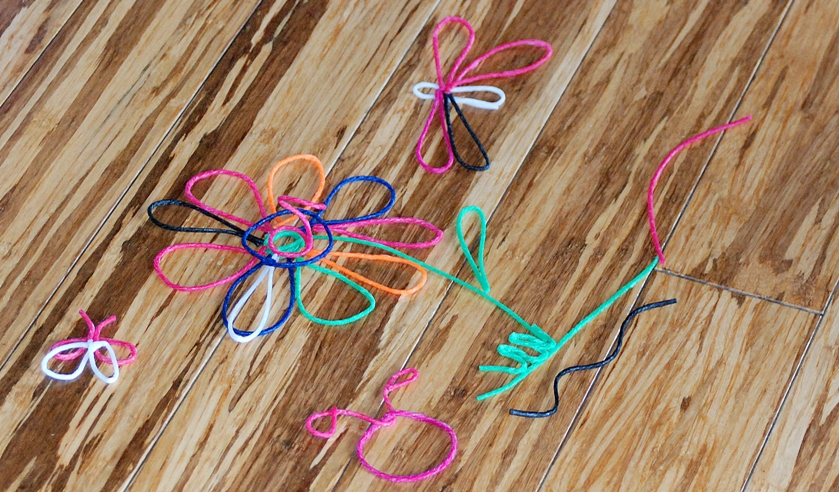
Stick Art: Creative Meditation and Mindfulness for Kids
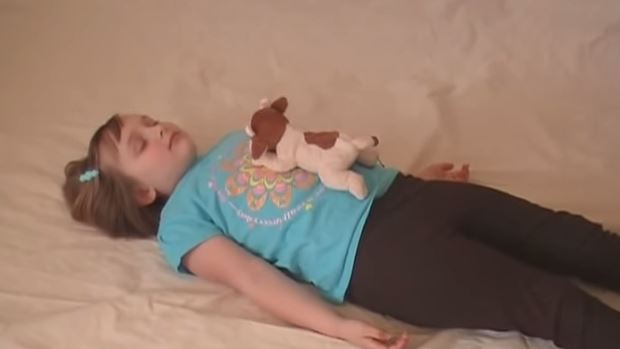
Pranayama for Kids: Swimming Stuffies

My Favourite Yoga Prop – Puppets
